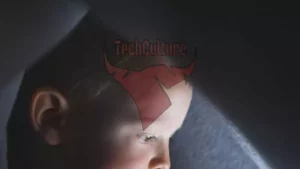In a groundbreaking development, scientists at Pennsylvania State University have achieved a remarkable feat by successfully 3D printing living human skin tissue onto open wounds on rats. This innovative approach holds immense promise for revolutionizing the realms of reconstructive facial surgery and treatments for human hair loss. Traditionally, methods such as skin grafts from other parts of the body have been utilized, albeit with imperfections. According to Penn State professor of engineering Ibrahim Ozbolat, conventional reconstructive surgeries for facial or head trauma often result in scarring or permanent hair loss, highlighting the urgent need for more advanced solutions.
The recent research conducted by the team at Penn State represents a significant progression from their previous experiments involving 3D bioprinted layers of skin. This time around, the researchers claim to have successfully repaired damaged tissue by employing a novel approach that entails printing the bottom and middle layers of the skin, known as hypodermis and middle dermis respectively. This process allows the top layer, the epidermis, to naturally form over time, leading to seamless integration of the bioprinted skin. Ibrahim Ozbolat expressed excitement over the results, emphasizing the potential of their work to pave the way for more natural-looking and aesthetically pleasing head and face reconstructions in humans.
Central to the success of the experiment is the team’s bioink, comprising a unique blend of proteins and stem cells sourced from human fat tissue obtained from surgery patients. This bioink, combined with a clotting solution, serves to bind the components together at the site of the rat’s injury, facilitating the regeneration of skin tissue. By printing directly into the injury site, with a specific focus on forming the hypodermis, the researchers aimed to aid wound healing, promote hair follicle generation, and regulate temperature. Notably, the resulting hypodermis exhibited early signs of hair follicle formation, marking a significant advancement in the field of tissue engineering.
While the outcomes of this study are undoubtedly promising, the transition from rat models to human applications, let alone clinical trials, presents a complex challenge that will likely require further research and refinement. Despite the potential hurdles ahead, the implications of this research are profound, offering a glimpse into a future where advanced bioprinting techniques could potentially revolutionize the field of reconstructive surgery and hair restoration. As scientists continue to push the boundaries of innovation, the prospect of utilizing 3D-printed living human skin tissue for medical interventions holds immense potential for transforming the landscape of regenerative medicine.





